1:1 Initiative
Page Navigation
- Overview
- Tech Resources for Parents
- 1:1 Computing - It's Coming
- 1:1 Up and Flying
- Carefully Moving Forward
- What's Happening
- Tech Ed Blueprint
- Technology Committee Reports
- 2/22/16 LBOE Presentation
- 11/23/15 LBOE Presentation
- 10/5/15 LBOE Presentation
- 24/7 Learning
- ISTE Standards for Students
- Hour of Code
- Livingston Public Schools
- 1:1 Up and Flying
1:1 Up and Flying
-
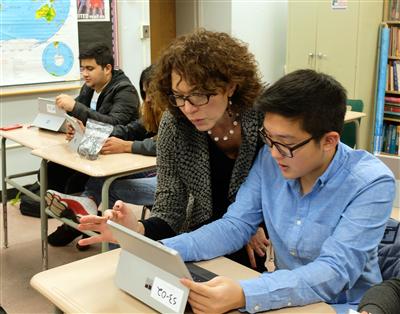
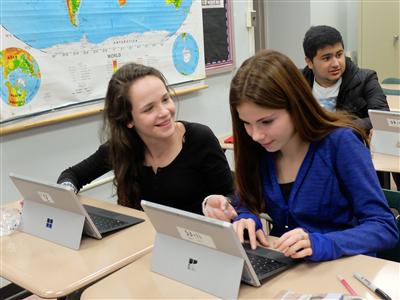
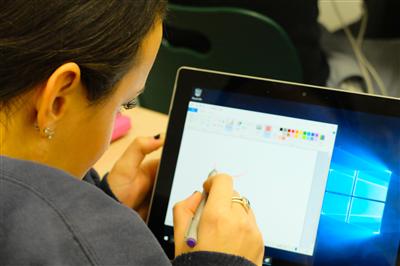
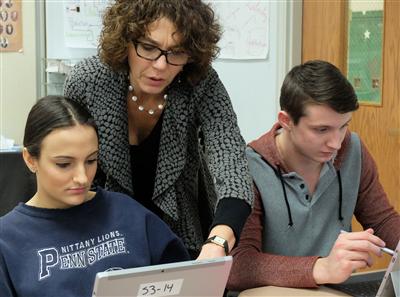
When President Barack Obama delivered his State of the Union, Livingston students participating in a one-to-one computing pilot were able to comb through his text looking for key words.
In fact, they were able to explore through the full texts of all 224 State of the Union addresses to rank the frequency each president used Americans, Constitution, Liberty, Freedom, We (and more) to reveal how the words “reflect the twists and turns of American history.”
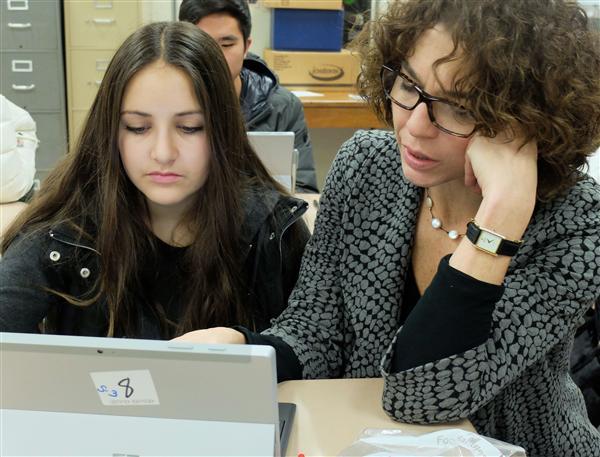 That was the objective of The Atlantic’s interactive chart that made use of the Bookworm platform for text analysis. It’s the type of learning made possible when students have the tools to direct their learning.
That was the objective of The Atlantic’s interactive chart that made use of the Bookworm platform for text analysis. It’s the type of learning made possible when students have the tools to direct their learning.
Throughout the month of January, Livingston Public Schools is conducting a pilot of how one-to-one computing can transform teaching and learning. In a U.S. History class, students made use of a variety of apps, internet sites, and digital inking on Surface laptops to enhance current events like the State of the Union and delve deeper in their study of the Great Depression.The pilot is part of the research being conducted as the Board of Education considers an initiative to provide one-to-one computing for every student in Grades 7-12. If approved, students would receive a laptop or tablet for Internet access and digital learning for use at school and home.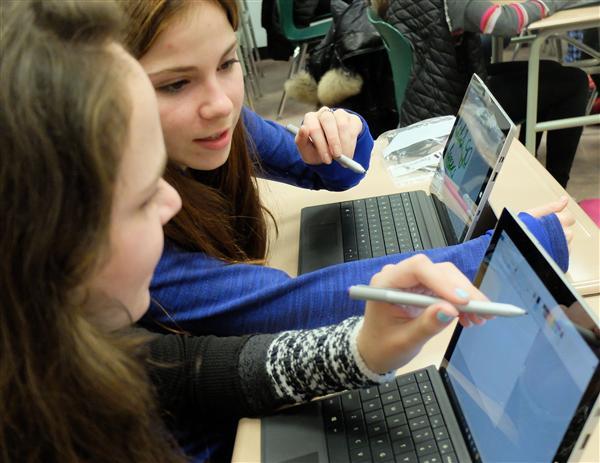 The use of technology has been extensive in the classrooms selected for the pilot as school leaders assess the experience by both student and teachers. So far, it’s been positive.At the same time, school leaders are also writing policies and guidelines for the use of technology if the plan to provide students with a computing device moves forward for the next school year. And they visited schools in the metro-New York region that already have made the commitment both financially and educationally with one-to-one.
The use of technology has been extensive in the classrooms selected for the pilot as school leaders assess the experience by both student and teachers. So far, it’s been positive.At the same time, school leaders are also writing policies and guidelines for the use of technology if the plan to provide students with a computing device moves forward for the next school year. And they visited schools in the metro-New York region that already have made the commitment both financially and educationally with one-to-one.
More teacher training is also happening as “Office 365” and “OneDrive” become more prevalent as the collaborative tools of choice, according to Monica Cohen, educational technologist.
The district’s Technology Committee has compiled notes on these ongoing activities on the LPS website. Click HERE to learn more about all the analysis underway.In the high school history classroom, junior Adam Khawaja was making a careful study of the Microsoft Surface 3 laptop provided in the district pilot, including testing features like voice recognition and digital inking. Other students experimented with the cameras, taking pictures (selfies, of course) and videos in the classroom.
Having access to the laptops allowed for instant access to historical election data and maps. The students created social media memes, and took online review quizzes.
“Many of these activities would have been effectively impossible to organize outside of this 1:1 environment,” said Lori Perez, a LHS social studies teacher who is keeping a blog on the experience.
“Currently we share a computer cart with all of the members of the Social Studies department and, frankly, it has become insufficient to accommodate our growing technology needs. It is not feasible for a teacher to sign out the cart for 5-10 minutes at the beginning of class and 5-10 minutes at the end of class when another teacher might need it for a larger research project, so we tend to reserve our computer use for large- scale projects,” Ms. Perez said. “Our lesson plans and student objectives should be driving our use of technology, but instead, our limited access to technology is driving our lesson plans.”
On Thursday the students in the class co-taught by Ms. Perez and Rebecca Emert learned they were “rewarded” a book contract to write for children a hopeful story on the harsh realities of the era of the Great Depression.
“Is this for real?” a student asked.
The assignment for certain is real (it’s due Tuesday), the publishing “contract” the teachers’ hook to grab attention, and the computer a tool to collaborate and create and help them reach their goal.
The pilot continues next week in Jeff Wieboldt’s Introduction to Calculus classes. He will be using FluidMath, an app that guides student comprehension through the use of a real-time graphing component that dynamically connects with any changes in math calculations.Students are excited about the devices. In a Heritage Middle School classroom, students chanted “Lenovo, Lenovo, Lenovo” when given a laptop to take home and use in school as their own. They were piloted in Laurie Bisconti’s social studies classroom, where students created travel logs of India’s Golden Age. They move next week to Dakashna Lang’s 8th grade ELA students.
“Most of what we will accomplish with the pilot program at HMS is gathering information about how well the 8th graders adapt to having a device 24/7,” Mrs. Cohen said. “Will they be up to the responsibility of ‘taking ownership’ of a device and caring for it in the correct manner? This is about behavior and maturity as well as the benefits in the classroom setting.”
Eighth grader Daniel Minion noted the serious obligation that comes with being assigned the device. “You can leave a notebook anywhere, but this is a laptop.”Article by Marilyn Joyce Lehren

